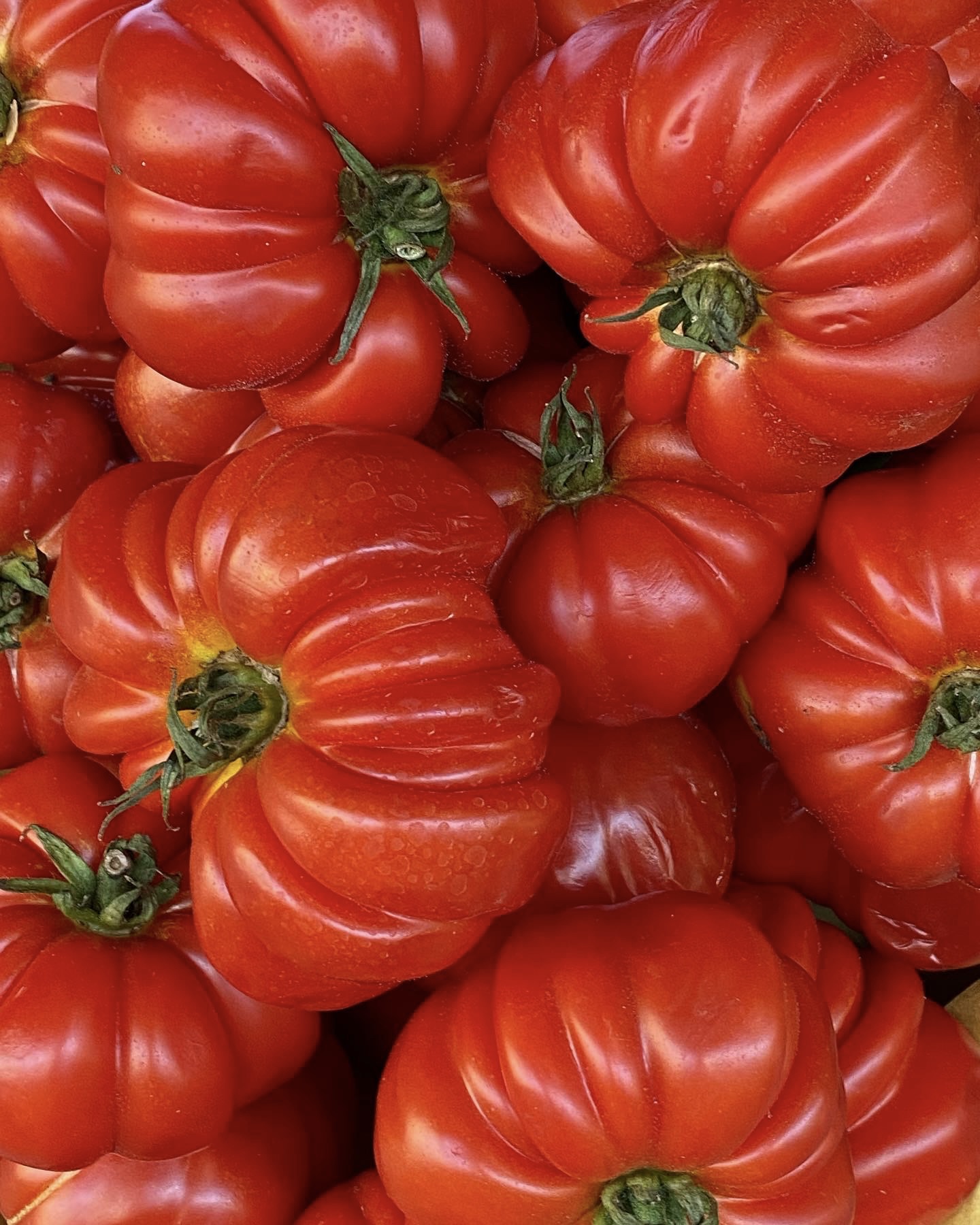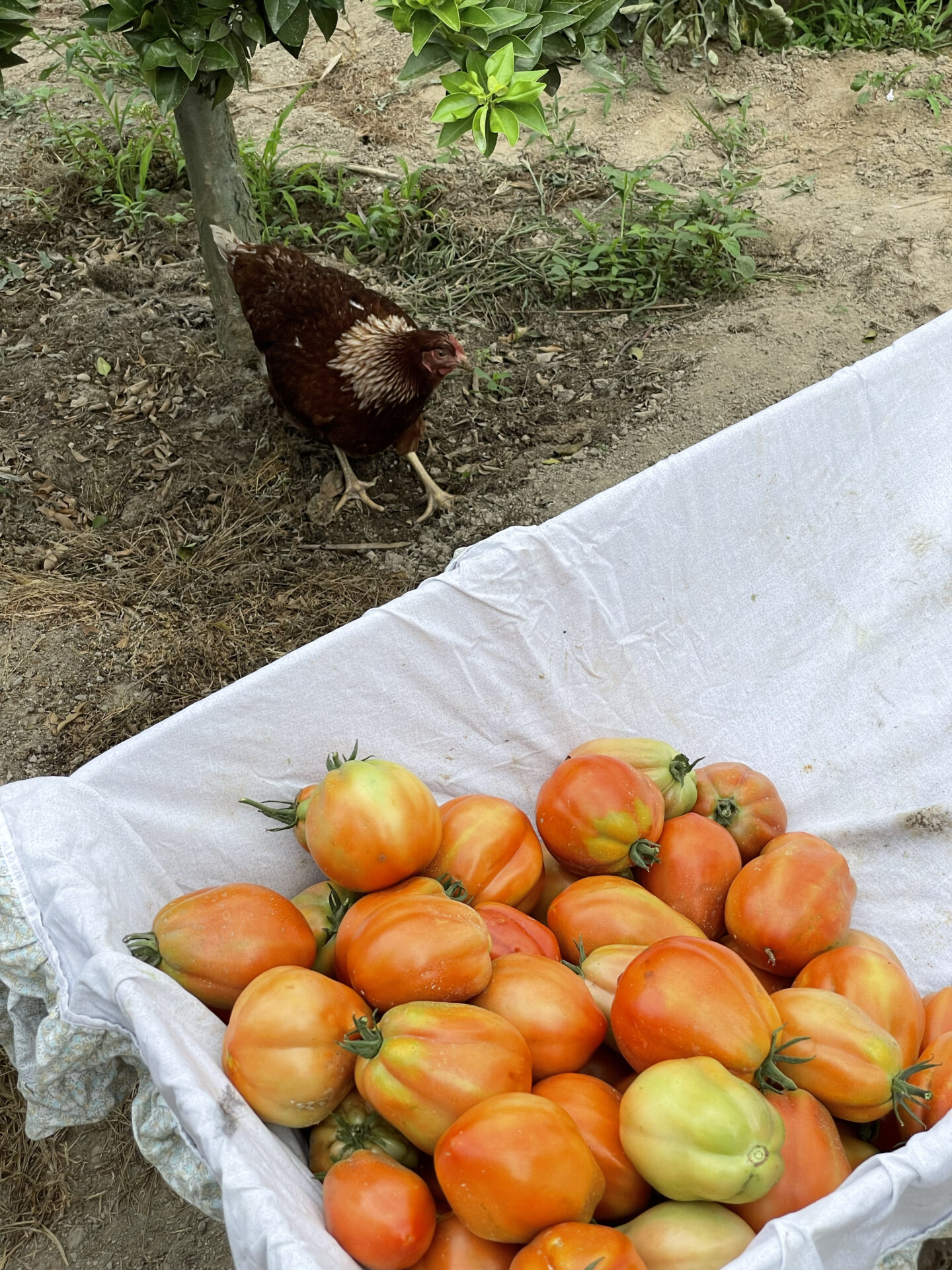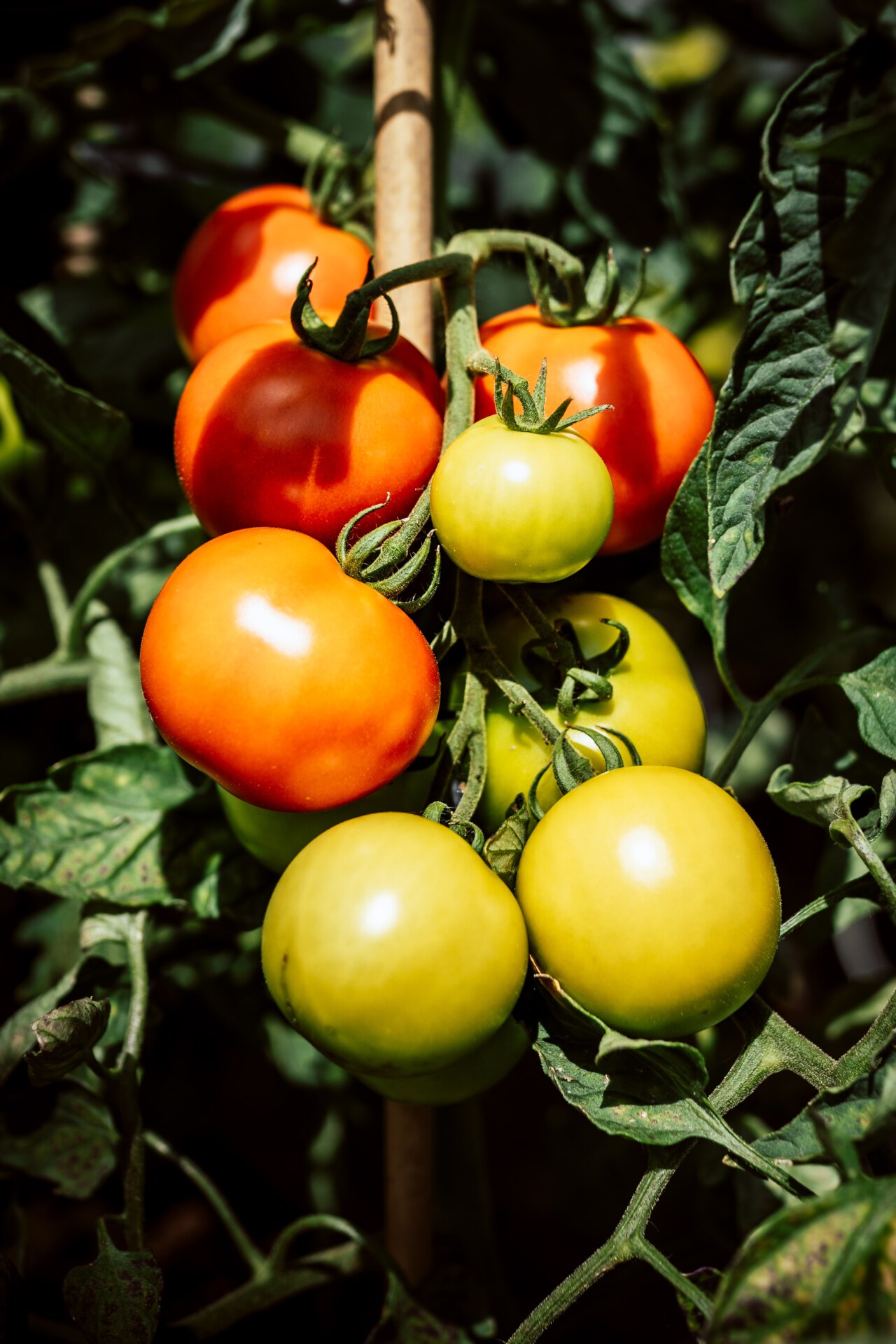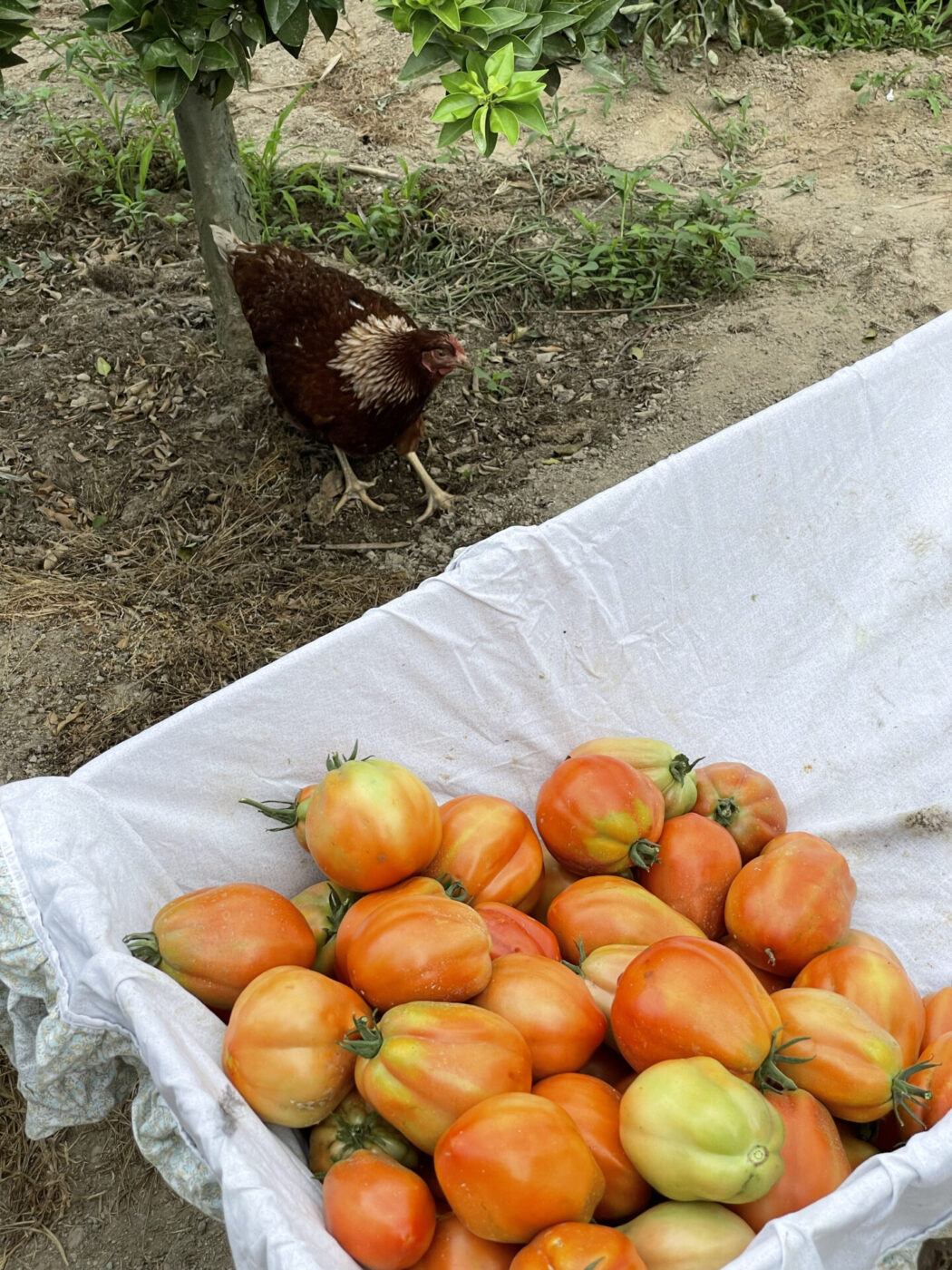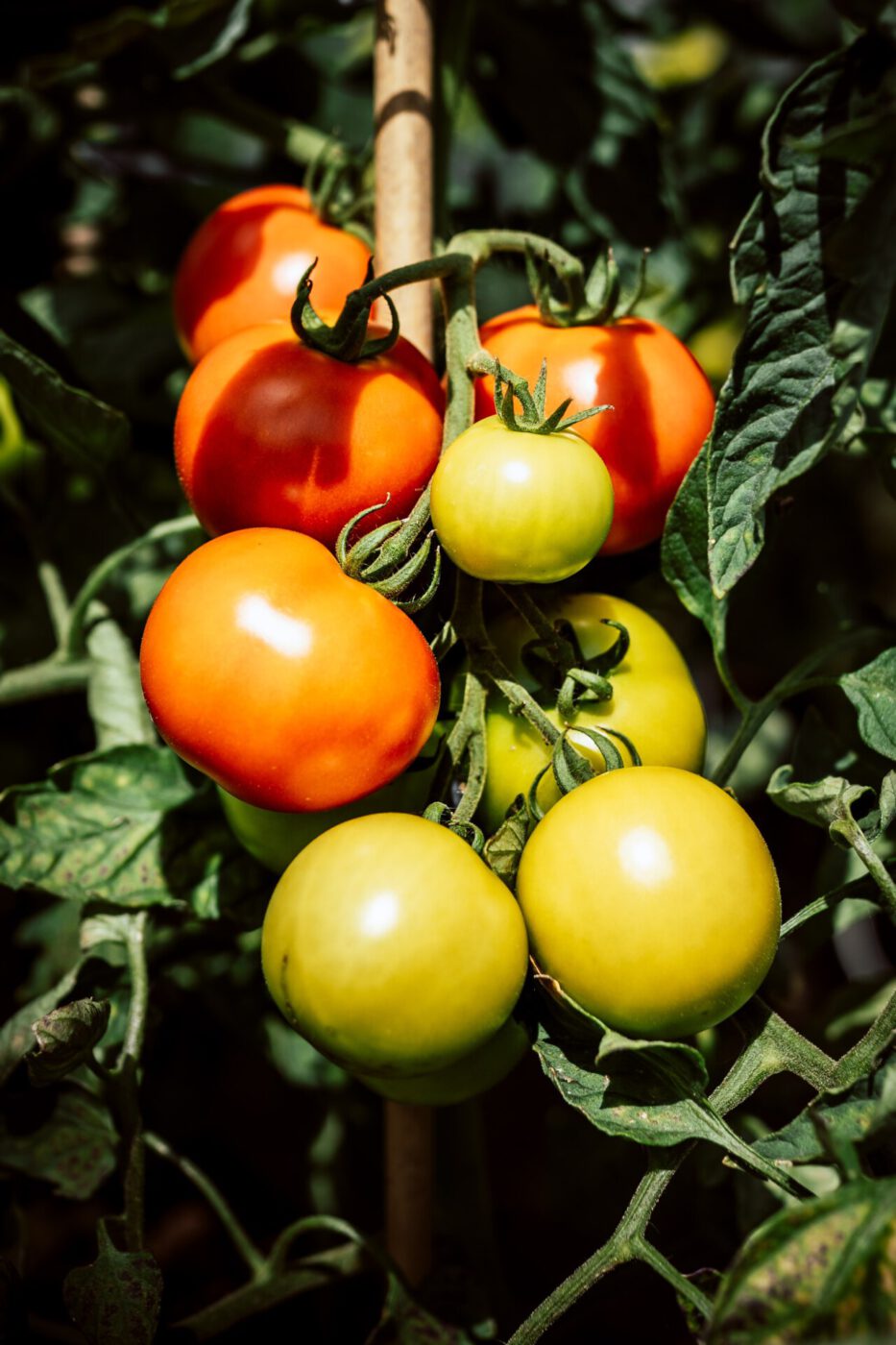No food can conjure up Italian culture and cuisine quite like the tomato. But the sheer abundance of the plump, red fruits in markets and on menus belies the fact it has not always been this way. Believe it or not, Nero, Augustus, and the rest of the mad and mighty Imperial leaders were fine-dining on tomato-less banquets, and the Roman gladiators didn’t have access either to the fruit’s extraordinarily high vitamin C content as nourishment for their fearsome fights.
The tomato, in fact, arrived in Italy more than a millennium after the fall of the Empire, when the Spanish conquistadors brought the plant over to Europe from South America in the early 16th century. Despite its fame in almost every dish Italians eat and love today, however, our ancestors were at first sceptical of the juicy intruder. Classified as a mandrake and close relative of the deadly nightshade in 1544 by the Italian botanist Pietro Andrea Mattioli, the tomato was deemed dangerous and even poisonous: a forbidden fruit, used for decorative purposes and eaten only with caution and care. (The skins and seeds, considered the most toxic parts, had to be precisely removed from the fruit.) Wary yet much enamoured by the tomato’s exotic beauty, the supposed aphrodisiac qualities it bore, and the tomato’s radiant colouring (the first varieties were yellower in hue), Mattioli dubbed the fruit “pomo d’oro”–golden apple. The name persists today. Yes, you may say toMAYto and I may say toMAHto, but for Italians, it’s a much catchier pomodoro; we have Mattioli to thank for that.
Trepidation for tomato eating in Italy had greatly diminished by the late 17th century, especially among the working class. The “poisonous” tomato was killing off the rich while leaving the poor unharmed. Although we could pin this to a plot worthy of Robin Hood and his merry men, the true explanation was not the doing of any heroic outlaw or of any tomato for that matter. The aristocrats of the time were dining on pewter plates, which, when touched by the tomato’s highly acidic juices, allowed the lead to leach out. Working men and women ate from wooden boards–rustic, reliable, and poison free!
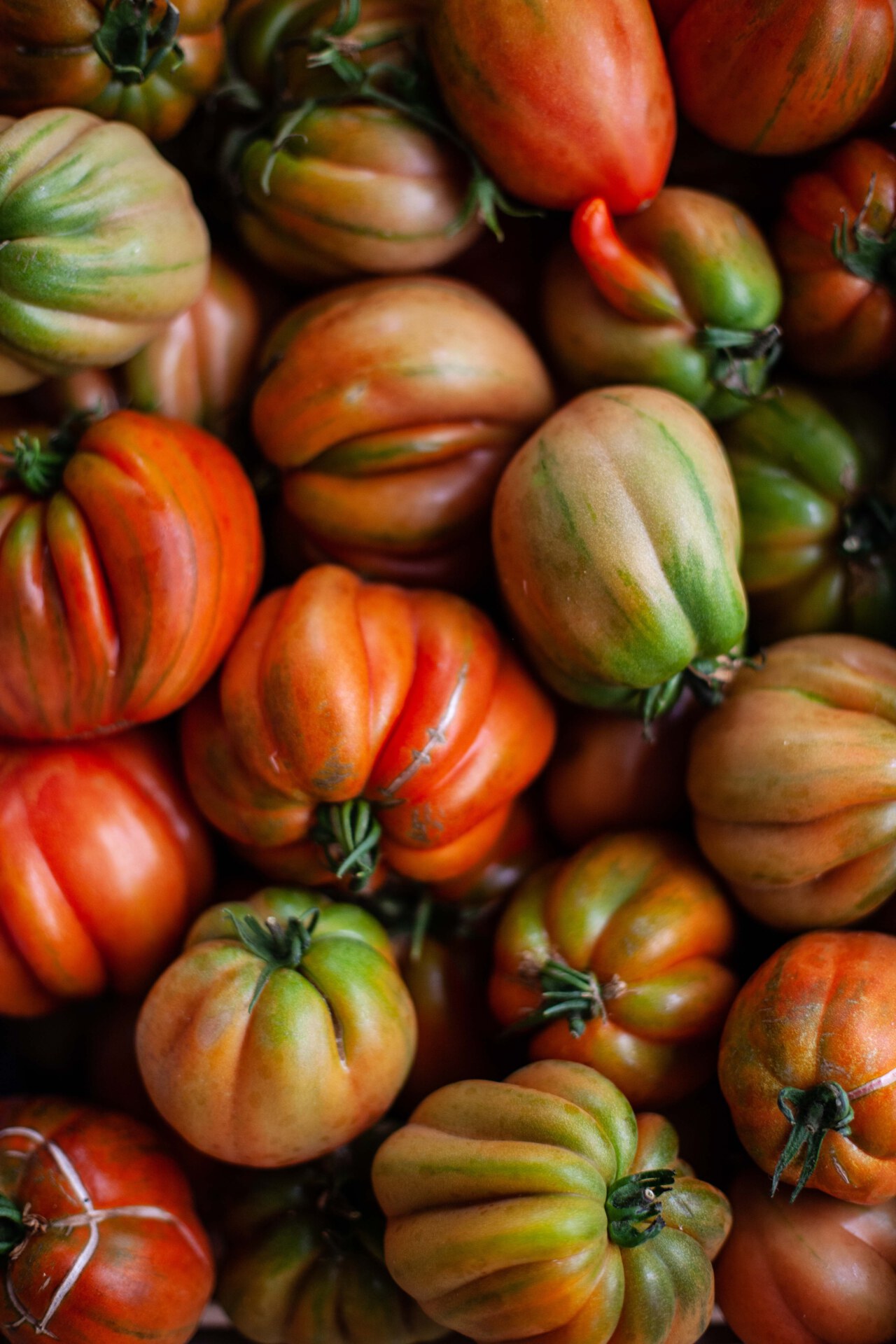
Entering the 19th century, the pomodoro craze was in full bloom. “[The tomato] is cultivated in all markets and kitchen gardens,” wrote Ottaviano Tozzetti in Botanical Institutions in 1813, declaring the fruit “very common”. Tomatoes were being grown up and down the boot-shaped peninsula, as the Mediterranean climate proved to be the perfect habitat for the colourful crop. The Sardinians were sun drying theirs before grounding them down to a spice. Meanwhile, the country folk of Parma preserved tomatoes in cans and bottles as pulps and purees, and the peasants of southern Italy relied on little else as sustenance during the dry dog days of summer. In 1837, culinary magic was performed (or at least recorded for the first time) by the chef Ippolito Cavalcanti, who paired pasta and pomodoro together–a match made in Naples (or, arguably, heaven). Fifty years later, the tomato gained royal approval. Queen Margherita of Savoy delighted in a Neapolitan invention: dough laden with basil, mozzarella, and tomato passata. Fit for a queen, and for all, the Pizza Margherita was born.
The present day sees Italy produce a staggering five million tonnes of tomatoes a year, with Italians consuming 60 kg per head per year. There are over 300 different species grown throughout the country and–as a book would not even suffice to detail their various sizes, shapes, and flavours–I’ll share just three of my favourite Italian varieties:
San Marzano DOP: Long and slightly pointed in shape, these botanical beauties are a variety of the plum tomato with a rich flavour, tender texture, and mild acidity. Italy’s pride and joy and the most requested tomato world-wide, San Marzano are grown between Naples and Salerno with no-nonsense DOP status. The only tomato used for vera pizza Napoletana, they are also mandatory for ragù.
Cuore di Bue: Named for their meaty taste and mammoth size, the “Oxheart” tomato weighs, on average, 300g. Cuore di Bue are the ideal salad tomatoes: chop them up with basil, buffalo mozzarella, a splash of oil, a sprinkle of salt and voilà, your Caprese is served.
Datterini: Meaning “little dates” in Italian because of their exceptionally sweet taste and small size, datterini are grown in clumps of up to a dozen at a time and are available in both red and yellow varieties. With thicker skins, fewer seeds, and more flesh than other tomatoes, they are perfect for sauces, salad,s or simply for being eaten right off the vine as your go-to summer candy.
Hungry for one thing only, I’m off for an aperitivo, hoping for bruschette heaped high with plump pomodori, washed down with cold white wine, and enjoyed with sun-loving, tomato-tone tanned Italian friends.
